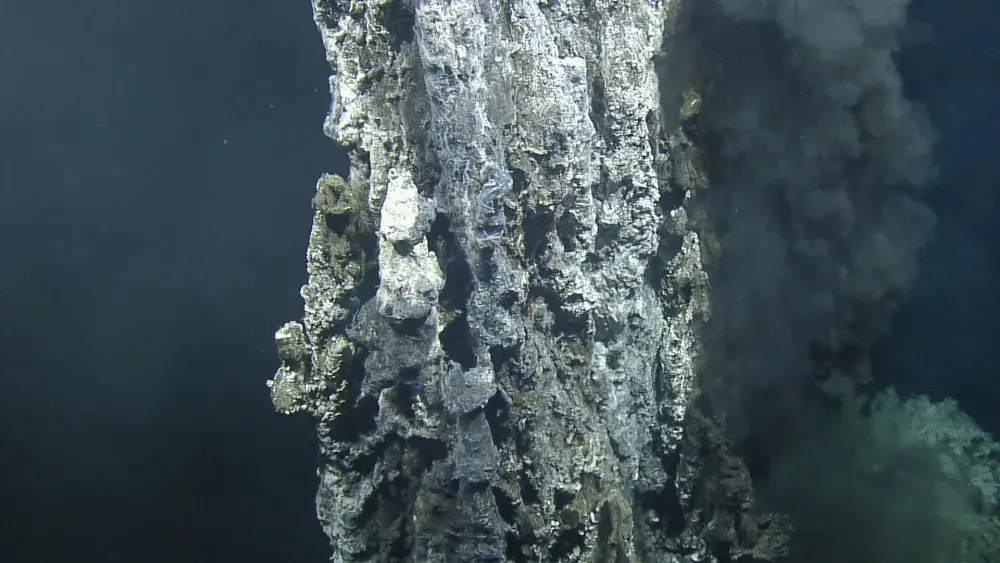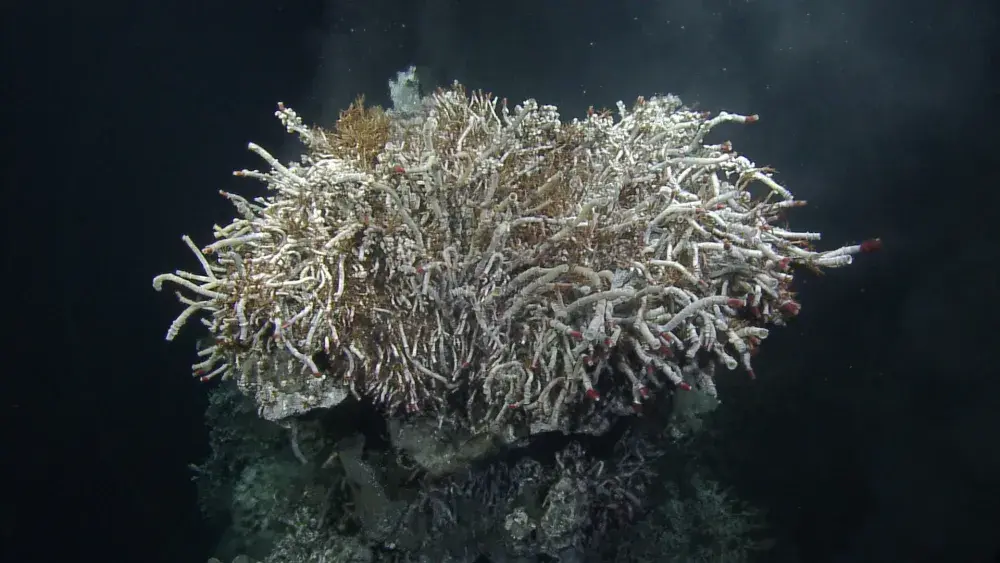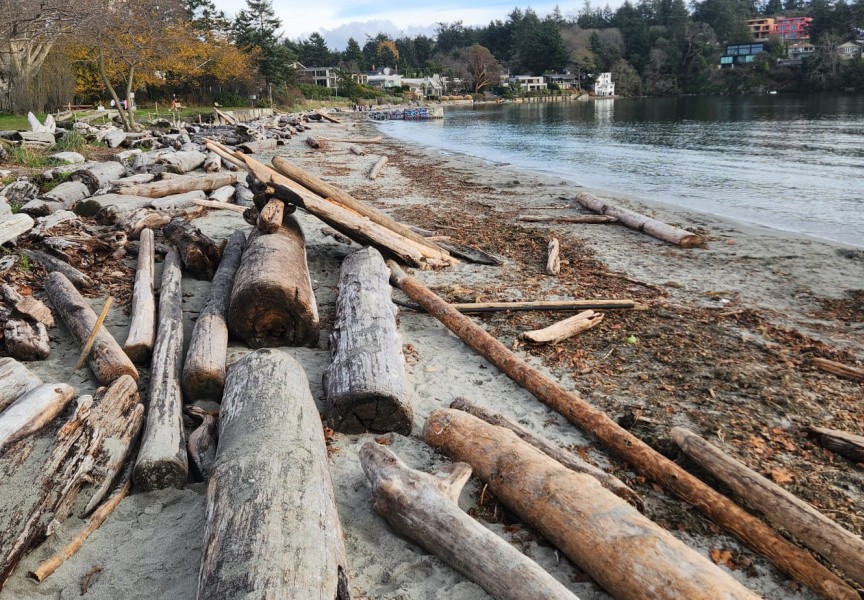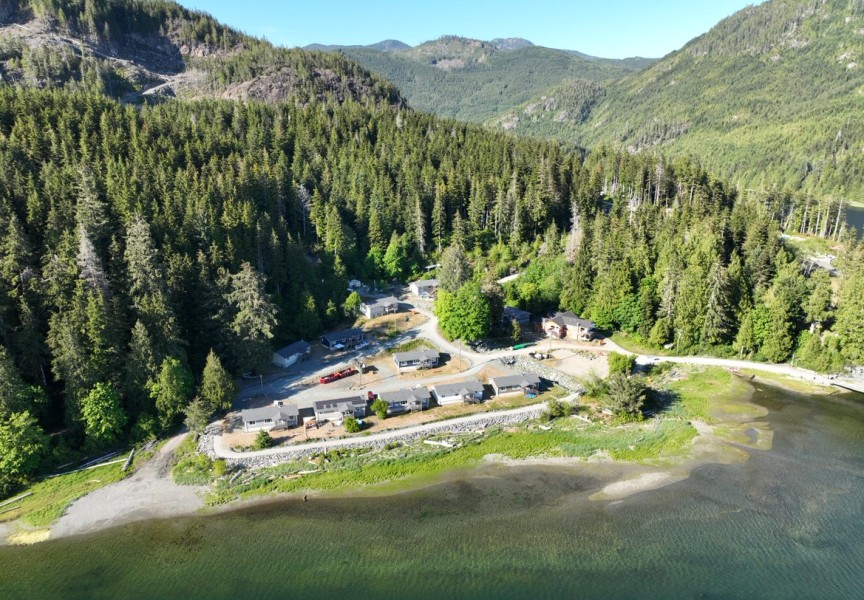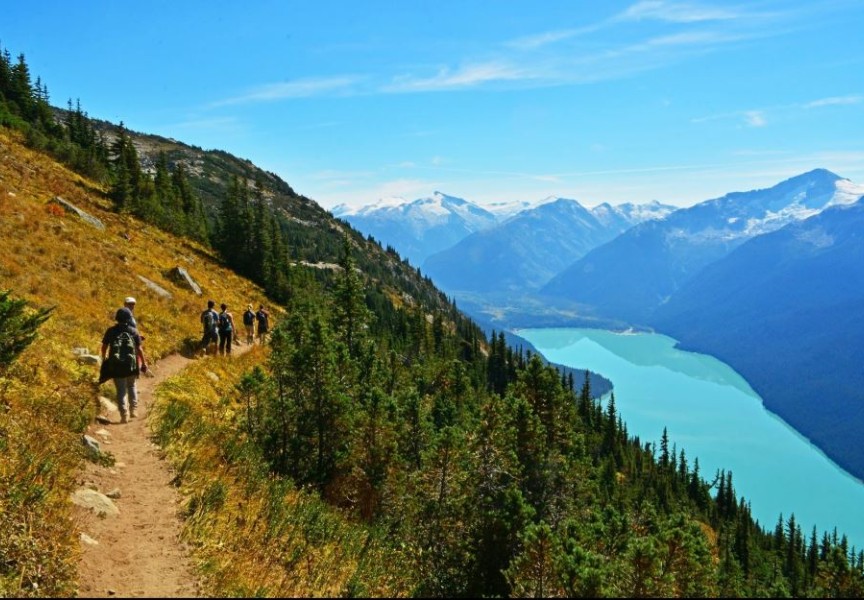On Wednesday, June 6, Ocean Networks Canada (ONC) and Ocean Exploration Trust departed from Sydney, BC on their annual 21-day expedition, where the team could be the first to lay eyes on a newly formed ocean floor.
In early March a series of more than 200 earthquakes per hour, referred to as an earthquake swarm, was detected at a depth of five kilometers and roughly 240 kilometers offshore of Vancouver Island at the Juan de Fuca Ridge site. The earthquakes reached a magnitude of 4.1.
“The spike of earthquake activity at the Endeavour segment of the Juan de Fuca Ridge could be a sign of an ‘impending magmatic rupture’,” reads a statement from ONC, quoting marine seismology PhD candidate Zoe Krauss. “A natural phenomena that can form new ocean floor.”
“As tectonic plates pull apart, cracks form on the seafloor and are filled periodically by 800-degree Celsius magma rising from deep beneath the Earth’s crust,” the statement continued. “The intense heat from the magma cools rapidly once in contact with the cold seawater and solidifies into new oceanic crust.”
According to the statement, scientists expect this “burst” in seismic activity to occur at the Endeavour site every 20 years.
“They were predicting that an increase of earthquake activity would happen fairly soon,” said Meghan Paulson, ONC expedition lead. “They were on high alert.”
Paulson shared that through ONC’s 800-kilometre Neptune ocean observatory, scientists could watch the seismic sensors in real time as the earthquakes occurred.
“The reason that they were anticipating it, and where it's not unusual to see earthquake activity in that area, is because it is basically right at a spreading center,” she said.
Once they reach the Endeavour site, the team will conduct visual surveys in areas where the earthquakes were concentrated to look for newly formed seafloor, shared Paulson. They will also keep an eye out to see if any of the hydrothermal vents in that area have fallen from seismic activity, she noted.
“We have some ideas, but we don’t really know for sure until we get there,” said Paulson.
“Underwater earthquakes can not only topple existing sulfide towers, but also alter the way fluids travel beneath vent systems, changing the chemistry and temperature,” reads the statement from March. “Although not expected at Endeavour, if magma breaches the seafloor, pillow lava may pave over existing vent structures, much like the Hawaiian seafloor.”
In partnership with ONC, the expedition is an initiative of the University of Victoria and the Ocean Exploration Trust (OET). This annual expedition will visit sites along their 800-kilometre ocean observatory to map the seafloor while also performing maintenance on their deep-sea scientific instruments, shared Paulson.
The expedition plans to visit Clayoquot Slope, Middle Valley, Endeavour, Cascadia Basin and Barkley Canyon, and will be live streaming on both the Ocean Networks Canada website and Nautilus live website.
Paulson shared that with the expedition OCN and OET want people to “come with us on this journey to the bottom of the ocean”.
“This expedition in particular, we facilitate Ship to Shore interactions where schools, camps, [and] different groups are able to interact with the crew at sea, in real time,” said Paulson. “If people have questions or have an interest, while they're watching, they're really able to just hop on the chat and get involved.”
The expedition, which is expected to last until June 21, can be watched live at https://www.oceannetworks.ca/expeditions/oncabyss-expedition-summer-2024/

